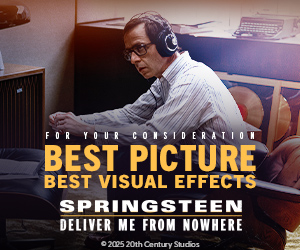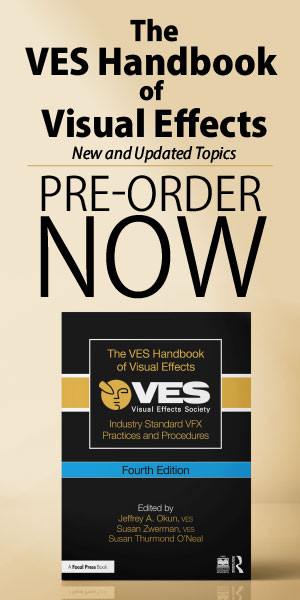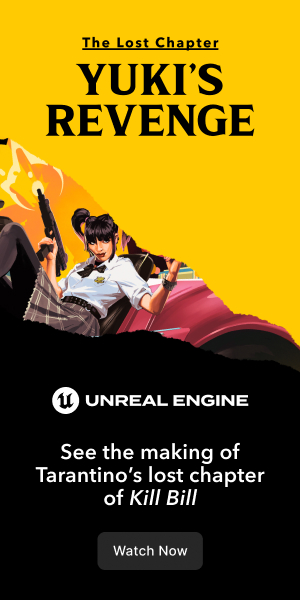Unger’s first experience of virtual reality came in 1992 on a system called Virtuality, playing a title called Dactyl Nightmare. “The VR was high-latency, low FOV, low frame rate, and made me sick as hell, but from that point forward I knew it was the future,” recalls Unger. “It just took a lot longer to enter the mainstream than I thought. From there, I became a life-long VR enthusiast and garage hacker, building collimated displays, flight simulator cabinets and crude VR headsets.”
Unger met Palmer Luckey at a VR enthusiasts’ forum called MTBS in 2009. Luckey was the designer of the Oculus Rift HMD, which many credit with reviving the virtual reality industry, and the founder of Oculus VR, later sold to Facebook. At the MTBS, Unger’s fellow VR hackers would share their latest ideas about building new headsets. “It was very grassroots,” says Unger. “I even designed the first logo for the Oculus. Palmer came up with the prototypical Oculus, which at that time was just a package of off-the-shelf parts and cell phone tech that a handful of us were hoping to build in our shops. But it was clear even then that he had cracked the formula for an affordable, wide FOV, low-latency VR headset that actually lived up to the promise of what VR should be.
“When Palmer began a collaboration with John Carmack, it was a clear signal to a few of us that it was time to get ahead of the VR curve,” continues Unger. Carmack was famous in the video game industry as the Co-founder of Id Software (creator of Wolfenstein, Doom and Quake games). He became the CTO of Oculus in 2013 (he has since stepped down to be its Consulting CTO).
In 2012, Unger founded Cloudhead Games. “I reinvested money from a prior business, pulled in some trusted co-workers and we got to work, building the first VR adventure series inspired by cinema, The Gallery: Call of the Starseed, and its sequel Heart of the Emberstone.” Along the way, Unger realized that he also needed to contribute to the tech side of VR. “There were no Google searches for VR best practices in those days, so we quickly became an R&D studio out of necessity.
“A lot of what we did early on was figure out how to keep people from feeling nauseous,” explains Unger. Moving users around virtual spaces affected human vestibular systems – the sensory system that provides the brain with information about motion, head position, balance and spatial orientation. “In the most basic terms, the golden rule in VR is to have movement be user-driven whenever possible, with very few exceptions. Artificial motion and visual velocities not driven by the user [vection] cause a disconnect it ‘blink’ at the time – is a way to move a user’s entire physical volume to a new location without causing artificial forward or strafing [sideways] velocities.”

























